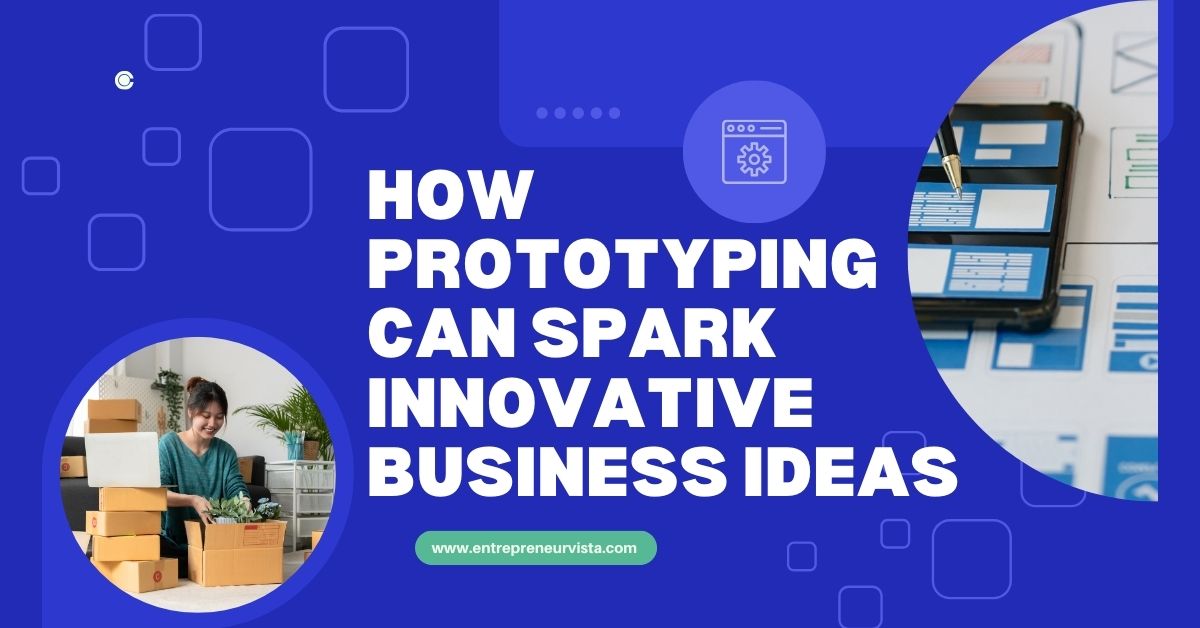In today’s fast-paced business environment, innovation is key to staying competitive. One powerful tool that can drive creativity and help businesses develop fresh ideas is prototyping. While often associated with product design, prototyping can be a game-changer in various aspects of business development. Here’s how it can ignite innovative ideas.
1. Visualizing Concepts
Prototyping transforms abstract ideas into tangible forms. By creating a physical or digital representation of an idea, teams can see how it might work in the real world. This visualization often leads to new insights and adjustments that wouldn’t have been apparent through traditional brainstorming. It allows stakeholders to engage with the concept, providing feedback that can refine and enhance the original idea.
2. Encouraging Collaboration
Prototyping fosters a collaborative atmosphere where team members from different departments can contribute their unique perspectives. This cross-pollination of ideas often leads to innovative solutions that a single discipline might miss. Whether it’s marketing, engineering, or customer service, involving diverse voices in the prototyping phase can enrich the idea and lead to more robust business strategies.
3. Testing Assumptions
Every business idea comes with assumptions about what customers want or how the market will respond. Prototyping allows businesses to test these assumptions early in the development process. By gathering feedback through user testing or pilot programs, companies can validate their concepts or pivot before investing significant resources. This iterative approach reduces risk and aligns the product more closely with customer needs.
4. Rapid Iteration
One of the core benefits of prototyping is the ability to iterate quickly. Businesses can create multiple versions of a prototype, each time refining and improving the idea based on feedback. This agile method of development means that businesses can adapt to changes in the market or shifts in consumer behavior more swiftly than ever before. Rapid iteration not only enhances the final product but also cultivates a culture of experimentation within the organization.
5. Fostering a Growth Mindset
Prototyping promotes a culture of learning and adaptation. When teams embrace the idea that failure is part of the process, they are more willing to take risks and think outside the box. This growth mindset encourages innovation as team members feel empowered to propose unconventional ideas without fear of failure. As a result, businesses are more likely to stumble upon breakthrough concepts that could lead to significant advancements.
6. Building Customer Engagement
Involving customers in the prototyping process can create a deeper connection between the business and its audience. By soliciting feedback on prototypes, companies not only gain valuable insights but also make customers feel valued and heard. This engagement can lead to increased loyalty and advocacy, as customers are more likely to support a product that reflects their input and needs.
7. Identifying Market Gaps
Prototyping can reveal unmet needs within the market. As businesses prototype new ideas, they may discover gaps that they weren’t initially aware of. By exploring these gaps, companies can pivot their strategies or develop entirely new products that address these opportunities, ultimately leading to innovative solutions that resonate with consumers.
Conclusion
Prototyping is more than just a tool for product development; it’s a catalyst for innovation. By visualizing ideas, encouraging collaboration, testing assumptions, and fostering a growth mindset, businesses can unlock new avenues for growth and creativity. In an age where innovation is critical, embracing prototyping can provide the spark needed to ignite transformative business ideas and drive success. So, if you’re looking to elevate your business strategy, consider integrating prototyping into your process—it might just lead you to your next big breakthrough.
